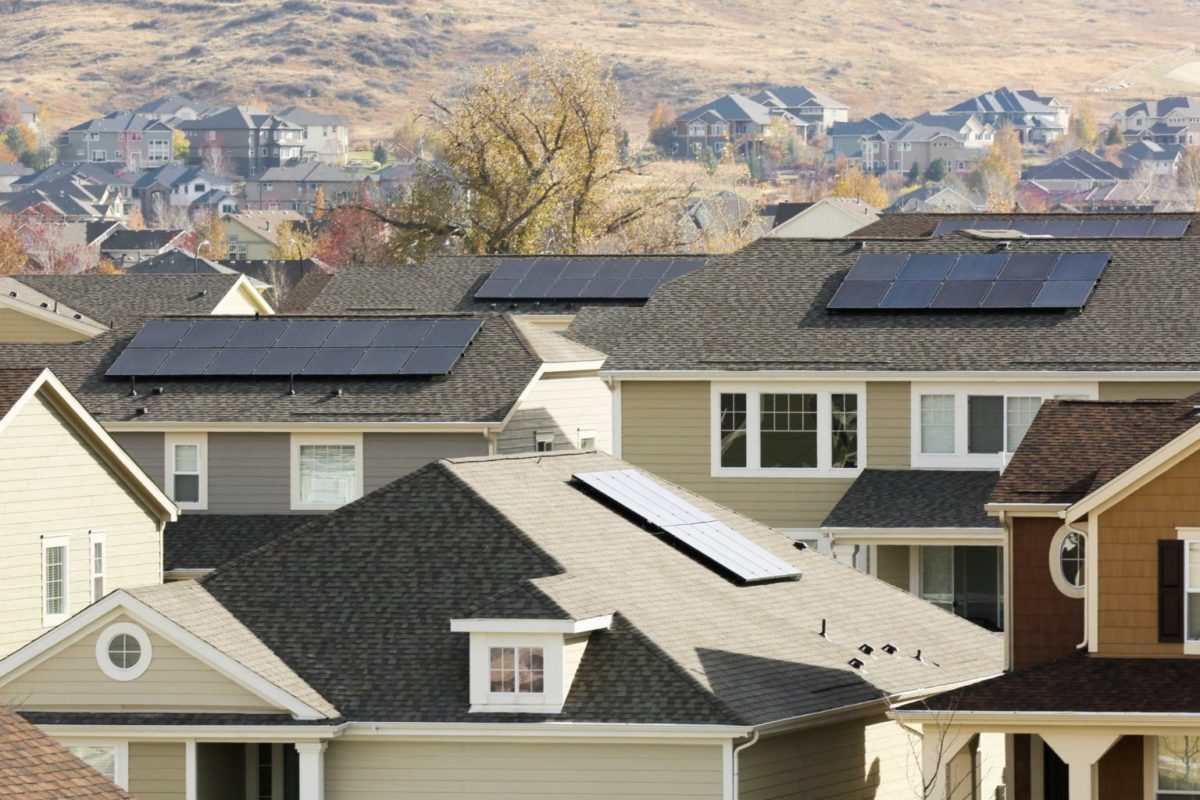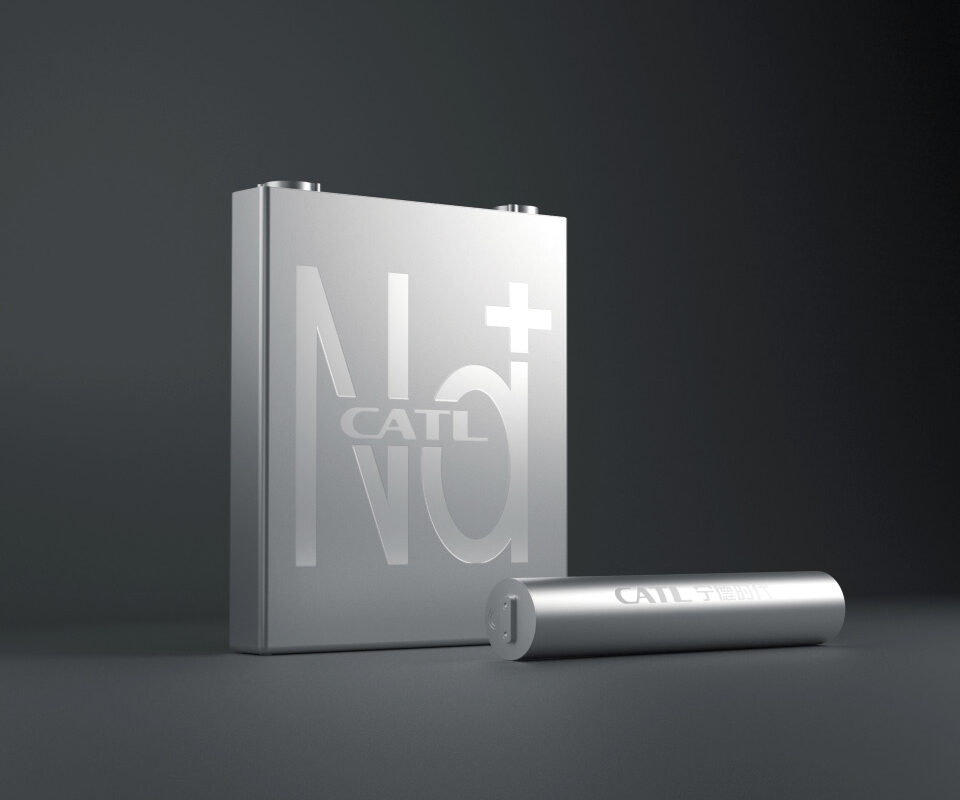From pv magazine USA
Solar pros offered a bullish outlook about growth prospects for residential solar for the rest of 2021 and into 2022 as the industry works to put the pandemic slump of 2020 into the rearview mirror.
Demand for residential solar installations is “through the roof,” said Eric White, CEO of Dividend Finance, a top three provider of solar loans that partners with contractors to provide homeowners with financing.
He said that the residential solar market is throttled somewhat by supply chain and labor availability concerns, along with transportation and logistics bottlenecks. Even so, loan demand has grown 100% between the second quarter of 2020 and 2021. He said he expected no softening of demand through the end of the year and that the total number of projects that make it through to completion could grow by as much as 35-40% compared to last year.
White spoke during a recent webinar hosted by Philip Shen of Roth Capital Advisors. They were joined by Dan Javan, president and CEO of Suntuity, a top-10 solar installer; and Chuck Norris, strategic account manager with Gexpro, an electrical supply house.

Javan said that demand growth has been fueled in part by the emergence of origination platforms Solo and Nomo Energy, which got a boost in the stay-at-home days of the pandemic. As a result, they moved from little more than a blip on the project origination chart to spawning 20,000 to 25,000 transactions a month, each.
The online platforms marry origination and delivery capacity. “Covid led to a pivot to these platforms,” Javan said, and their backers have put a lot of capital into building them out.
Underestimated
Given the relative novelty of these platforms, White said that many forecast analysts have “grossly underestimated” residential solar growth.
Norris agreed that growth is exceeding projections based on what was expected to be a recovery from 2020. He said that supply chain issues mean that “everything that can be produced is being installed.” The rising tide seems to be lifting all boats, including manufacturers with smaller market shares. He said that rapid demand growth is likely to continue through the end of the year, even breaking through what traditionally has been a seasonal slowdown in the winter months.
Both seasonality and the overall economics of a residential rooftop solar installation are less of a concern to potential solar customers who are eager to install a system, he said.
Keeping pace?
One question is whether or not manufacturers can keep up with the demand. Norris said that he was less concerned about the availability of modules than he is about the supply of inverters. He said that inverter production has increased more slowly than demand, in part due to manufacturers’ worries about exposed capital if demand slows.
No less worrisome is the supply of semiconductors, whose constrained supply has troubled a range of electronics-based industries, including auto-making. The solar industry is at a disadvantage when it comes to competing against industrial behemoths for scarce chip resources and other raw materials.
“The supply chain can barely keep up with demand,” Javan said. “If you build it, we will consume it.”
This content is protected by copyright and may not be reused. If you want to cooperate with us and would like to reuse some of our content, please contact: editors@pv-magazine.com.




It seems to me that the increase in demand will serve as an incentive for domestic entrepreneurs to create factories and produce invertes employing a lean approach to production so that demand will be satisfied